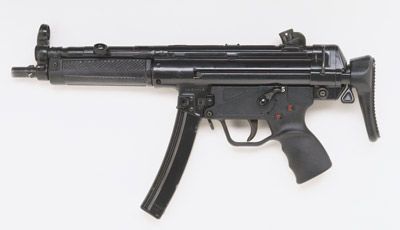Grenades have played a part in warfare for hundreds of years. They were originally developed around 1000 AD by the Chinese, just one application of their revolutionary gunpowder technology. Europeans came up with their own versions in the 15th and 16th centuries, with mixed results.
The typical design of these early grenades was a hollow metal container filled with gunpowder. Soldiers simply lit a wick and tossed the grenade -- as fast as they could. By the 18th century, these weapons had fallen out of favor: They weren't especially useful in the battle style of the time, and the simple design made them extremely dangerous.
Advertisement
The weapon saw a resurgence in the 20th century with the development of new modes of combat. In the trench warfare of World War I, soldiers could use grenades to take out machine gunners without ever revealing themselves to the enemy. Thanks to mechanical ignition systems that made the weapons relatively practical and safe, grenades took their place as an indispensable element in modern warfare.
In this article, we'll look inside some typical grenades to find out what sets them off and see what happens when they explode. We'll also look at those invaluable elements that keep everything from exploding too early.
